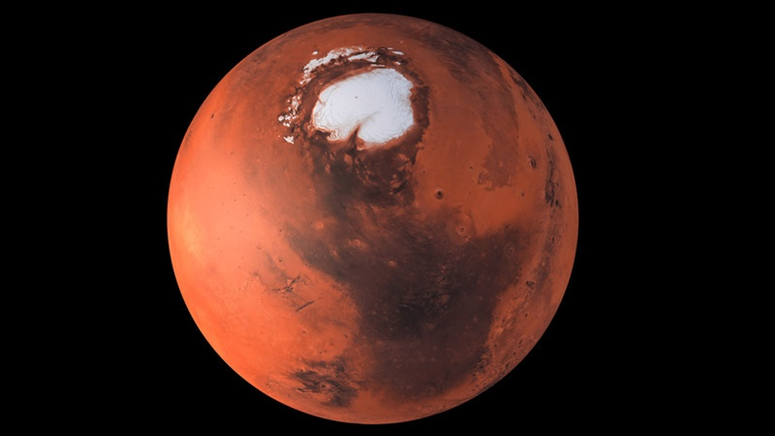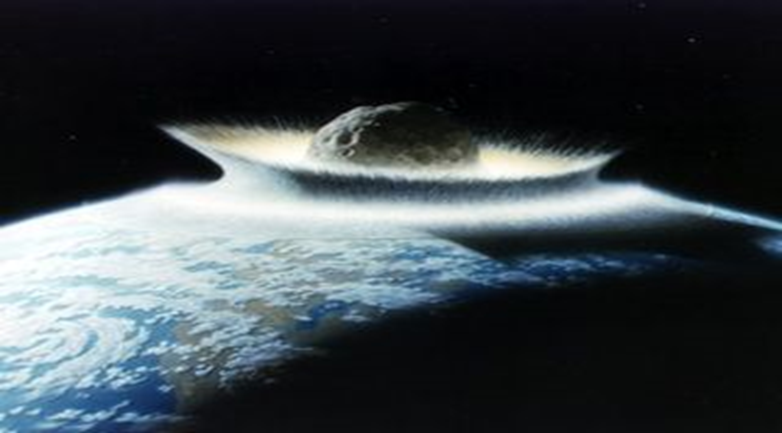?Rocks from Mars colliding with Earth causes scientists to be confused.. What is the story

A scientific magazine revealed the discovery of pieces of Martian rocks, which were thrown from the planet Mars as a result of processes such as violent impacts, as they made their way through the solar system to collide with Earth.
Science Alert magazine reported that most of the samples formed on the Red Planet recently, which is a strange feature given that most of the surface of Mars is very old.
The magazine explained that dating techniques showed varied results, which indicates that scientists do not have complete confidence in estimates of the time during which these rocks were formed on Mars.

But a team of scientists found a way to solve this problem, and discovered to their amazement that many of these rocks are still very young - in fact, they are only a few hundred million years old.
This discovery could provide clues about how long it took meteorites to reach Earth, as well as geological processes on Mars.
Volcanologist Ben Cohen from the University of Glasgow in Scotland confirmed that these meteorites were definitely from Mars, explaining that they were thrown out of the Red Planet as a result of massive collision events, which led to the formation of large craters.
Cohen pointed out that there are many meteorite craters on Mars, so it is not possible to know exactly where these meteorites came from, saying: “The best evidence you can use to determine the source crater is the age of the samples.”

Martian meteorites on Earth
The magazine explained that there are about 360 samples of meteorites found on Earth that have been identified as being of Martian origin, and about 302 of them have been classified as “shergotite,” a type of Martian rock rich in minerals, which was formed in the heat of volcanic activity.
Based on craters on Mars, scientists have estimated that the surface is very old, and dating techniques on shergotites are not only complicated by their composition, but have shown that many of them are less than 200 million years old.
The researchers pointed out that the repeated bombardment of Mars has broken up the older surface and exposed younger rocks underneath, which have been renewed due to volcanic activity, and it is believed that those younger rocks will eventually be extracted and exhumed.
Scientists estimate that about 200 impacts each year create craters larger than 4 meters in diameter, so younger rocks could occasionally be blasted toward Earth.
Source: websites

